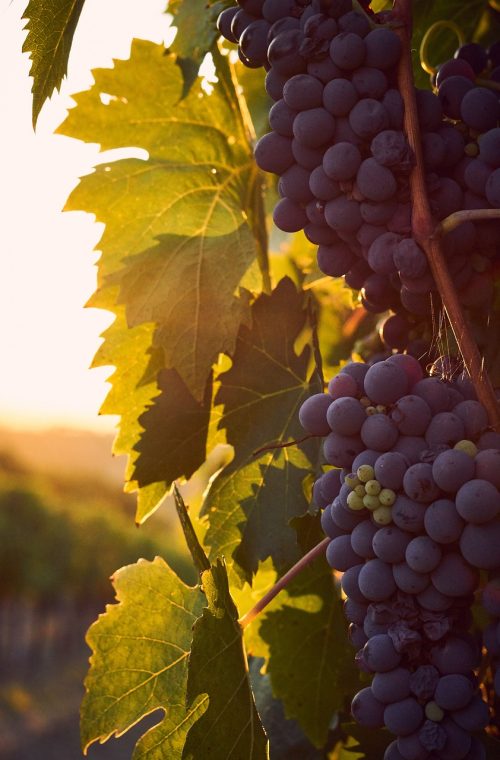Alternatives to Cabernet Sauvignon
Exploring Beyond Cabernet Sauvignon: 10 Intriguing Alternatives to Satisfy Your Palate
Cabernet Sauvignon, often referred to as the “king of red wines,” has earned its prestigious status for good reason. This grape varietal is known for producing robust and full-bodied wines that captivate the senses. Hailing from Bordeaux, France, Cabernet Sauvignon has spread its vines across the globe, finding success in various wine regions. Its flavor profile typically boasts rich dark fruit, cassis, cedar, and a touch of green bell pepper, with a structured tannic backbone. (Check out our Cabernet Sauvignon profile for yourself here!)
While Cabernet Sauvignon holds a special place in the hearts of wine enthusiasts, there’s a vast world of alternatives waiting to be explored. Let’s embark on a journey to discover ten captivating alternatives that offer unique flavors and characteristics.

The Classic Alternatives

1. Merlot: Often overshadowed by Cabernet Sauvignon, Merlot is a versatile grape that produces wines with a softer and more approachable profile. Expect flavors of ripe plums, red berries, and velvety textures. Merlot wines are perfect for those seeking a smoother alternative.
2. Malbec: Originating from Argentina, Malbec has gained international acclaim for its deep color and robust flavors. Dark fruit, chocolate, and a hint of spiciness characterise Malbec wines, making them an excellent alternative for Cabernet Sauvignon enthusiasts.
3. Syrah/Shiraz: Known by different names depending on the region, Syrah (or Shiraz) is a bold and powerful red wine. Expect dark fruit, black pepper, and a savory, meaty quality. Syrah is perfect for those who appreciate wines with a touch of spice.
4. Zinfandel: Zinfandel, especially from California, offers a burst of ripe berry flavors, often accompanied by hints of black pepper and spice. It’s a fruit-forward alternative that can be enjoyed on its own or with a variety of dishes. P.S. This grape is also known as Primitivo when it’s from Italy – so don’t miss your chance to purchase this alternative in your local supermarket either!
5. Tempranillo: Hailing from Spain, Tempranillo produces wines with flavors of red fruit, leather, and vanilla. Tempranillo can be both bold and elegant, with a nice balance of acidity and tannins.
The Undiscovered Alternatives
6. Aglianico: An Italian gem, Aglianico produces wines with intense dark fruit, firm tannins, and a characteristic earthiness. This lesser-known variety is gaining recognition for its age-worthy and complex wines.
7. Tannat: Originating from Southwest France and now thriving in Uruguay, Tannat is known for its dark colour, robust tannins, and flavours of black fruit, chocolate, and a hint of tobacco. It’s a bold choice for those seeking something unique.
8. Carmenère: Originally from Bordeaux but now flourishing in Chile, Carmenère offers a distinctive profile with dark fruit, green pepper, and a touch of spiciness. It’s a great alternative for those looking for a wine with personality.
9. Nero d’Avola: Sicily’s flagship red grape, Nero d’Avola, produces wines with ripe cherry, plum, and herbal notes. Its medium to full-body and smooth tannins make it an intriguing choice.
10. Mencia: Hailing from Northwestern Spain, Mencia produces wines with bright red fruit, floral aromas, and a touch of minerality. Mencia wines are gaining popularity for their freshness and vibrant character.

While Cabernet Sauvignon remains a classic choice, exploring alternatives can lead to exciting and unexpected discoveries. From well-known varieties to hidden gems, the world of red wine offers a diverse array of flavours to satisfy every palate. So, go ahead, uncork a bottle of something new, and let your taste buds embark on a delightful adventure. Cheers!
